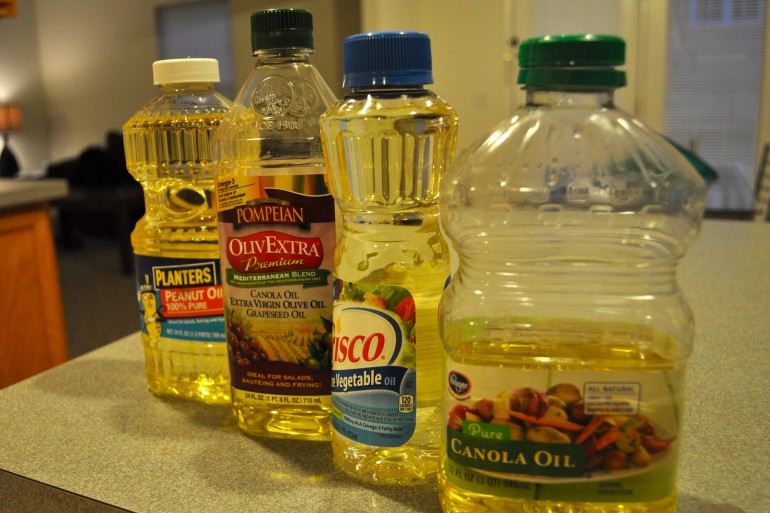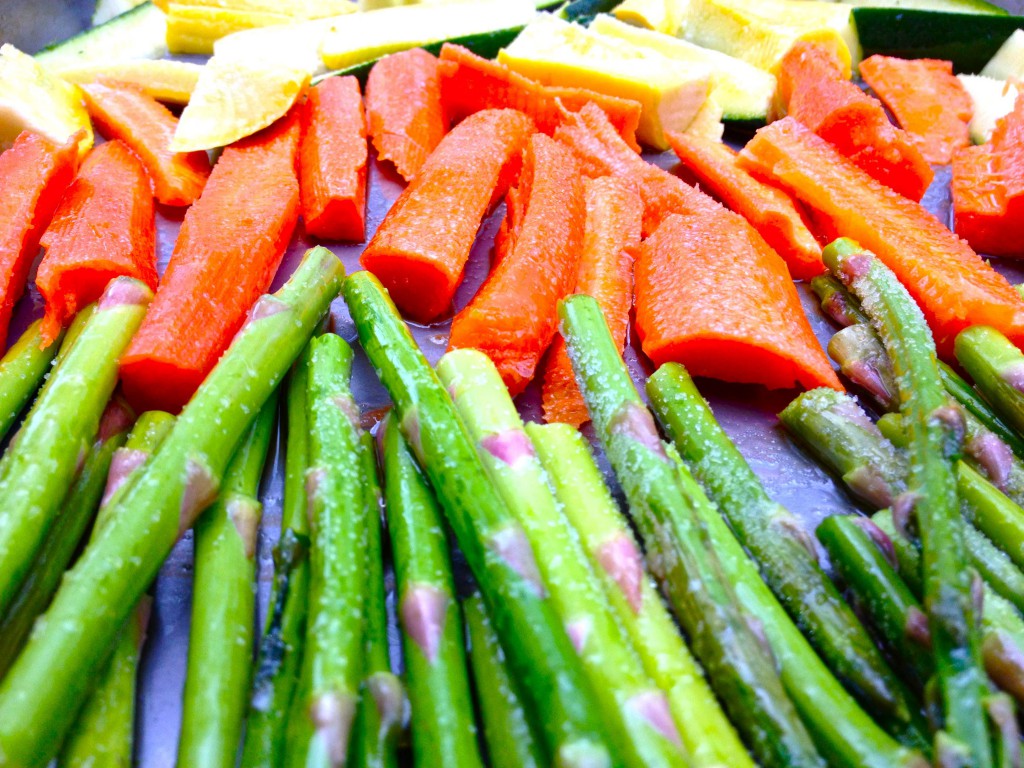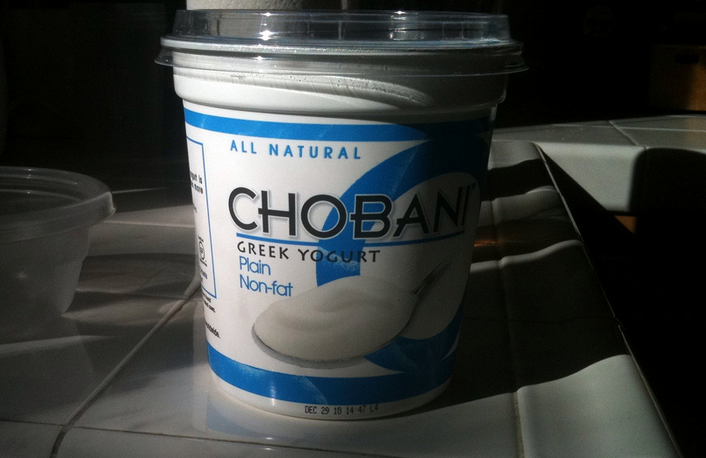Guest article contributed by guest writer Gina D’Andrea-Penna ’16.
Healthy cooking has, in the past, gotten an unfair and unwarranted bad reputation. I mean, how many television shows exhibit child actors gagging at the thought of their mother’s Brussels sprouts or broccoli? Contrary to this media portrayal, healthy cooking can be quite—dare I say—delicious. And easy! In fact, you can effortlessly transform a traditionally artery-clogging, fat-loaded dish into a nutritious meal by making a few simple substitutions while cooking and baking.

Photo by Rachel Ferriera
Tip #1: Avoid unnecessary fats. When sauteing veggies or meat, many people (and restaurants) tend to use entirely too much fat, whether it be butter, margarine or olive oil. That’s not to say that olive oil is bad for you—as we all know, it has its nutritional benefits. The problem is the quantity. To prevent your stir-fry from sticking to the pan and burning, use a modest amount of olive or canola oil; other possibilities include peanut, sesame and safflower oils. These oils contain unsaturated fats, which are much healthier than the saturated fats in butter or the trans fats in margarine. To minimize the use of fats, you can also add water (or broth) to prevent your food from sticking to the pan. Whether or not oil is necessary, however, partly depends on the type of pan you are using—nonstick pans don’t usually require much oil, while cast-iron pans may need more.

Photo by Rachel Ferriera
Tip #2: Minimize salt. Salt is probably America’s favorite condiment. Processed foods are packed with sodium, and restaurants smother their entrees with it. And, though you’d think a side of French fries is salty enough, some people insist on manually adding even more salt. Yet, does salt necessarily equal flavor? Fortunately, the answer is no. Opt for herbs and spices over salt and you’ll find your meals much more flavorful.

Photo by Spoon University
Tip #3: Go for the veggies. There’s such a wide variety of delicious and nutritious vegetables that it would be a shame to overlook them when discussing healthy eating. From leafy greens to carrots, beets, mushrooms and cucumbers; aim to cook up a rainbow by selecting vegetables of all different colors. You can easily fill up on low-calorie veggies and avoid eating too much junk food.

Photo by Benjamin Hirsch
Tip #4: Try healthier baking substitutions. Instead of using oil or butter in baked goods, you can substitute some (or all) fat with mashed bananas or sweet potatoes, pumpkin, Greek yogurt or applesauce. As for sweetener, consider recipes that use pureed dates instead of sugar—dates are naturally sweet and nutritious!
Consider these healthier cooking ideas next time you’re making a meal and I’m sure you won’t be disappointed: foods that are good for you, quite often, taste great, too!

